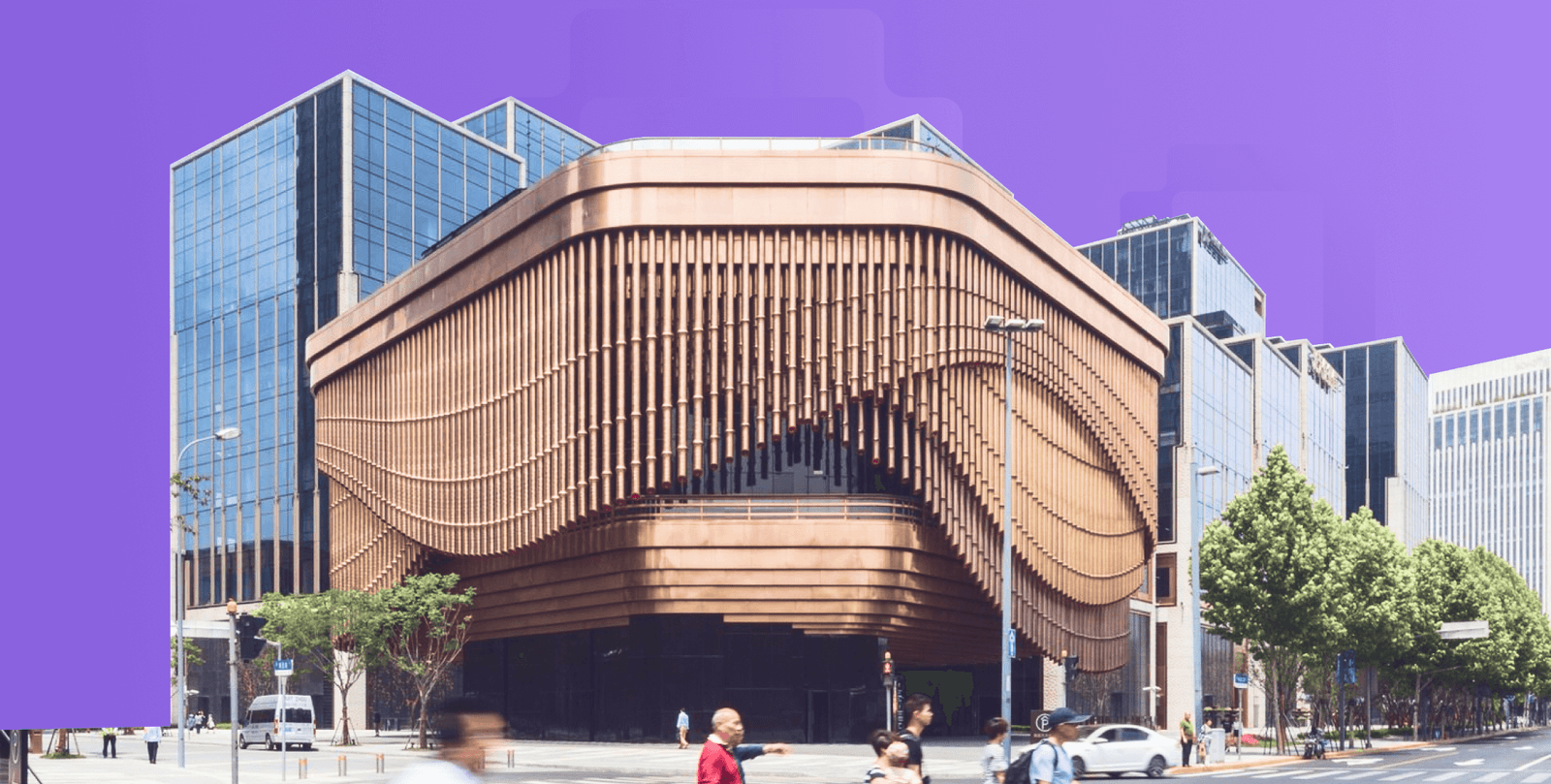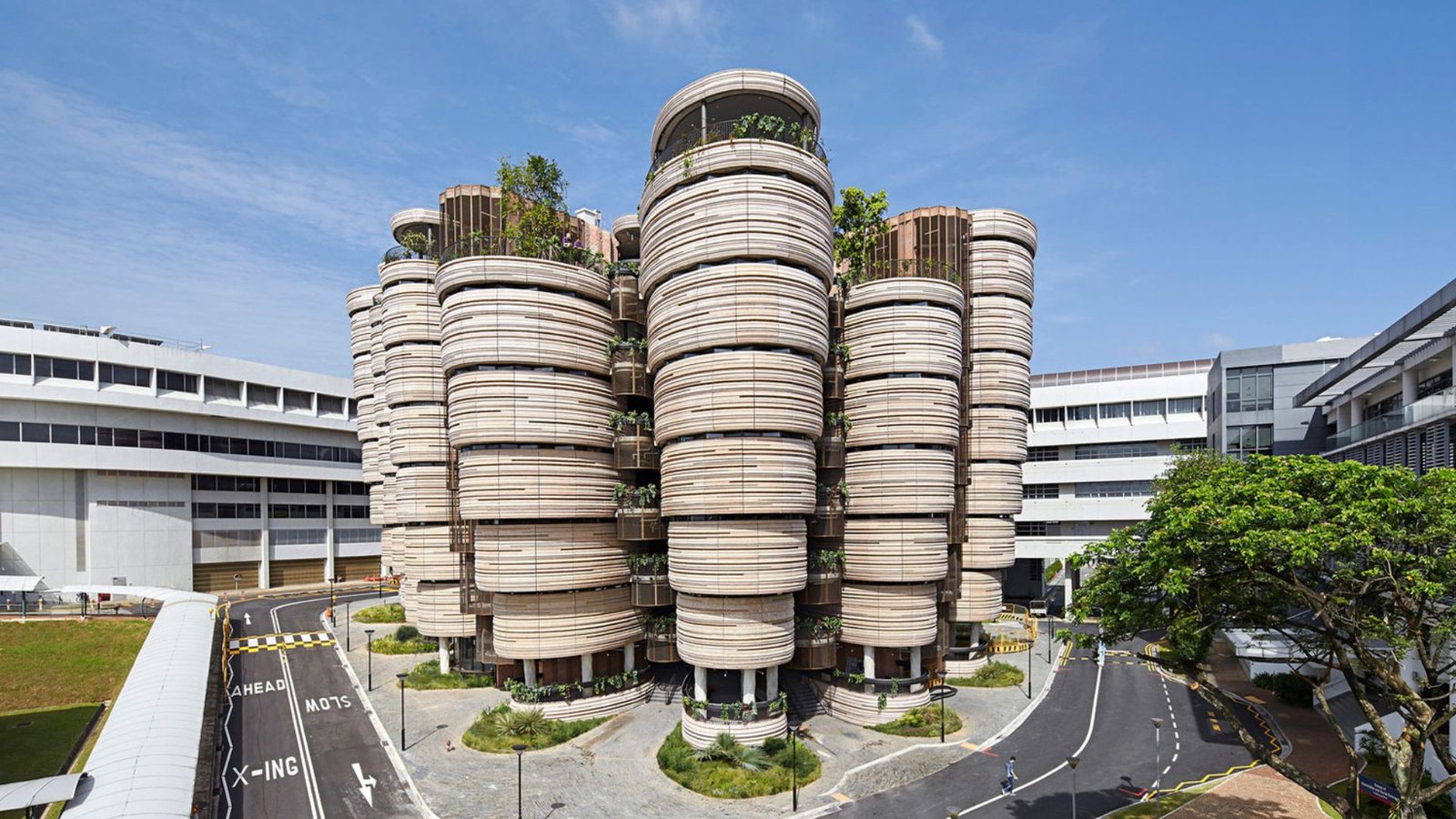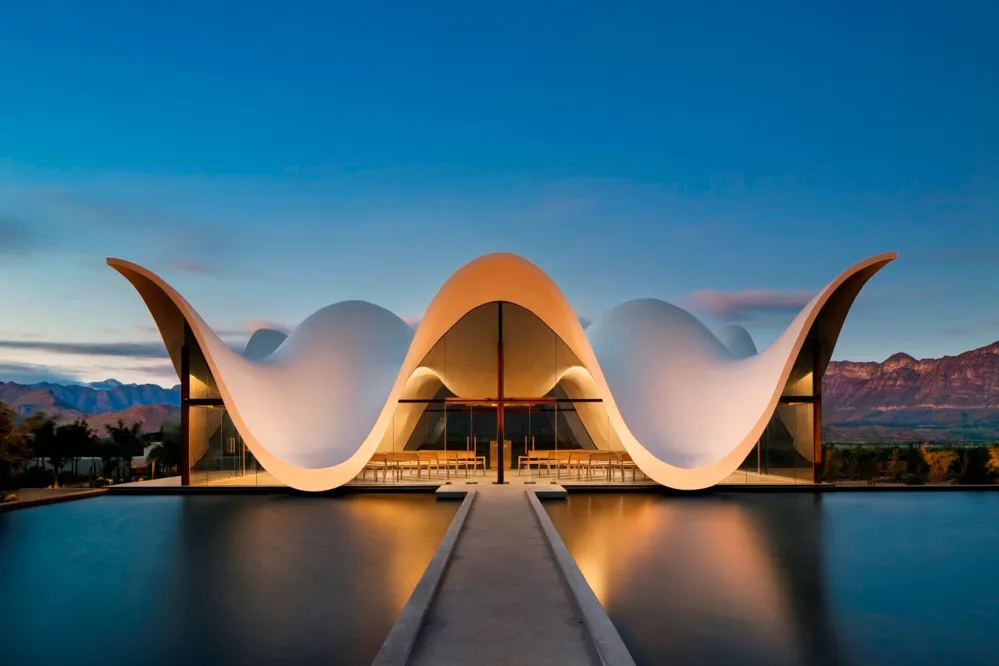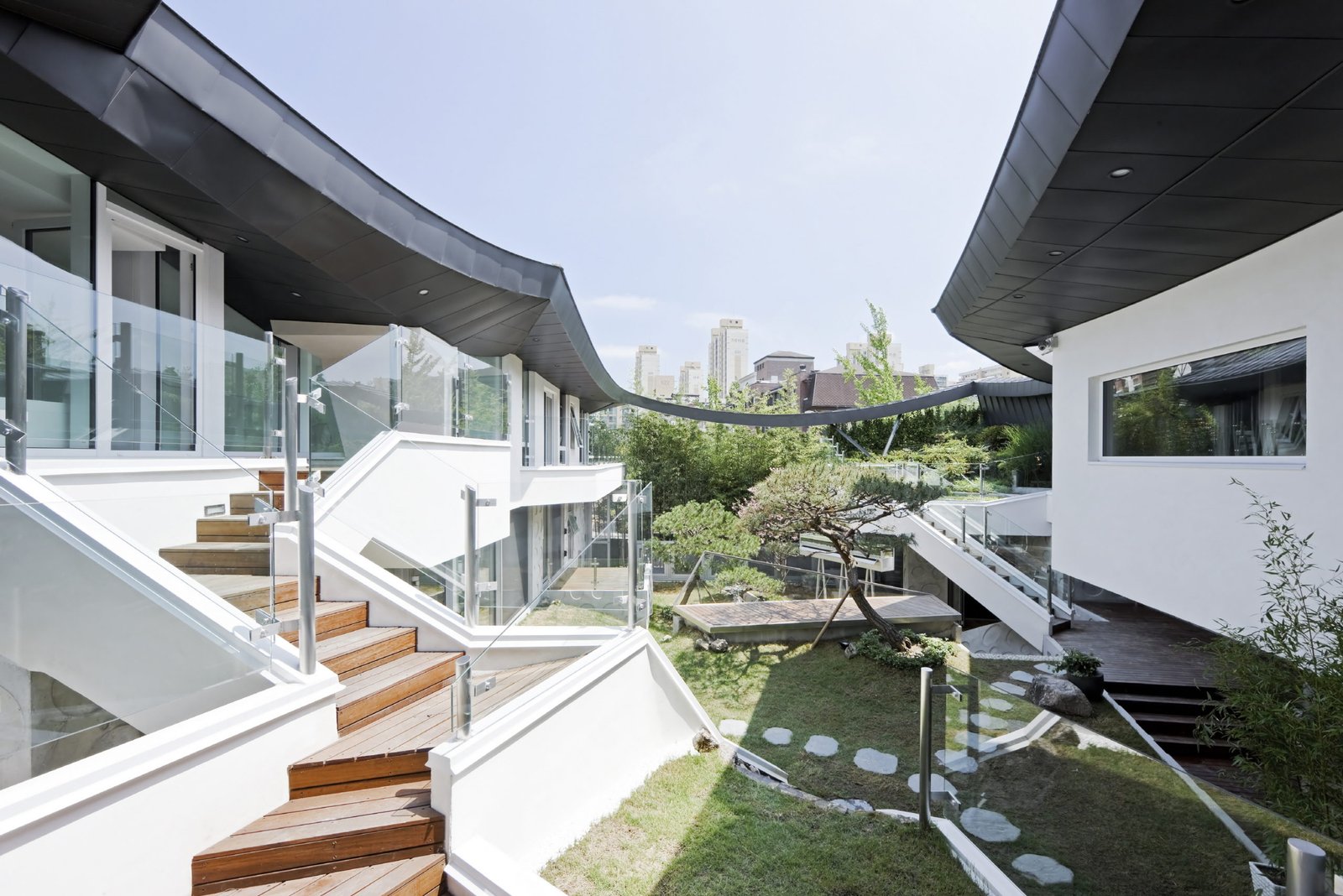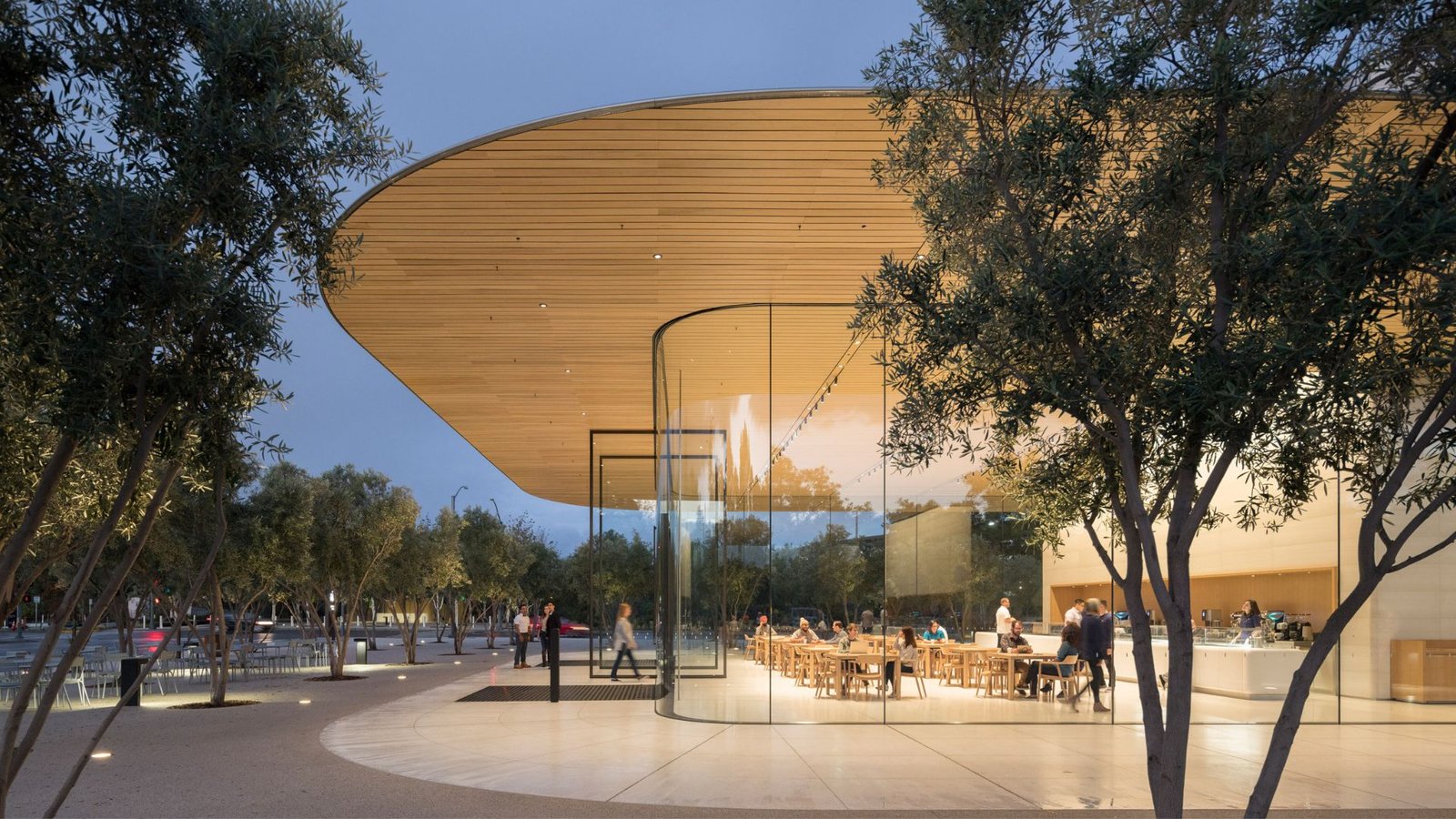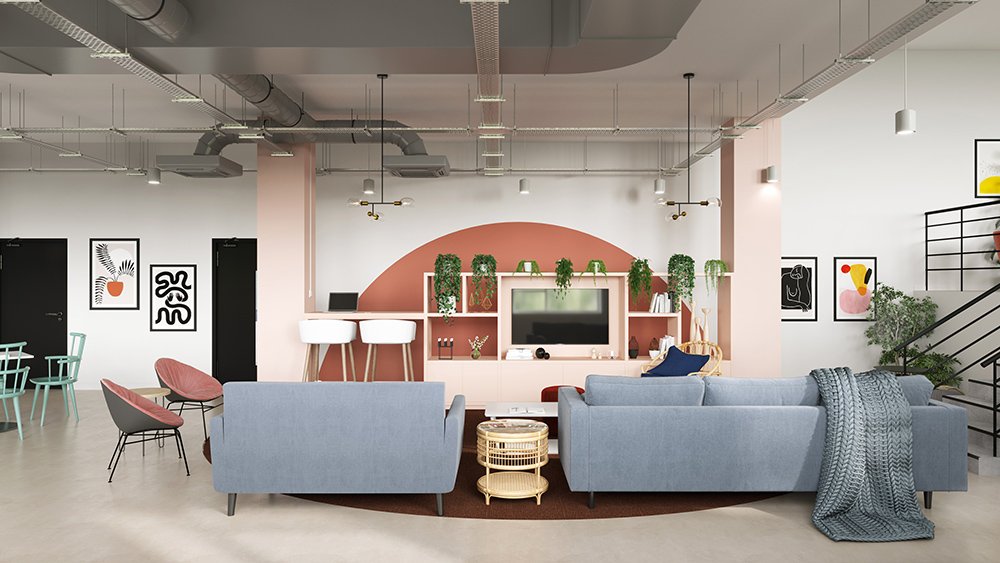Interactive architecture: Buildings that respond to users
Interactive architecture represents a dynamic shift in how buildings engage with occupants, offering personalized experiences and enhancing functionality through responsive design and innovative technologies. Here’s an exploration of the evolving field of interactive architecture and its impact on user interaction and building performance. 1. Sensor-Based Environments Adaptive Environments: Occupancy Sensors: Detecting user presence and adjusting

